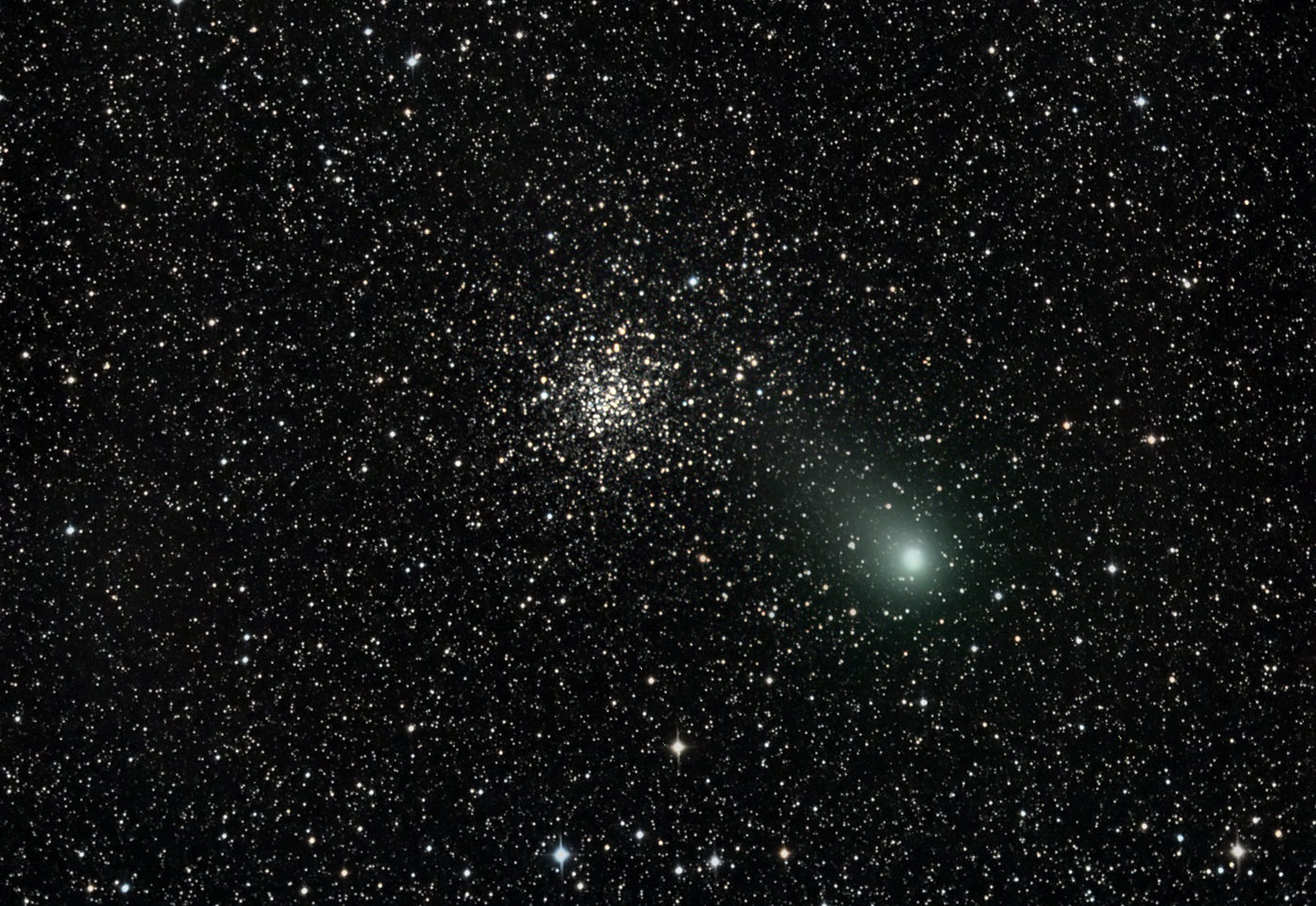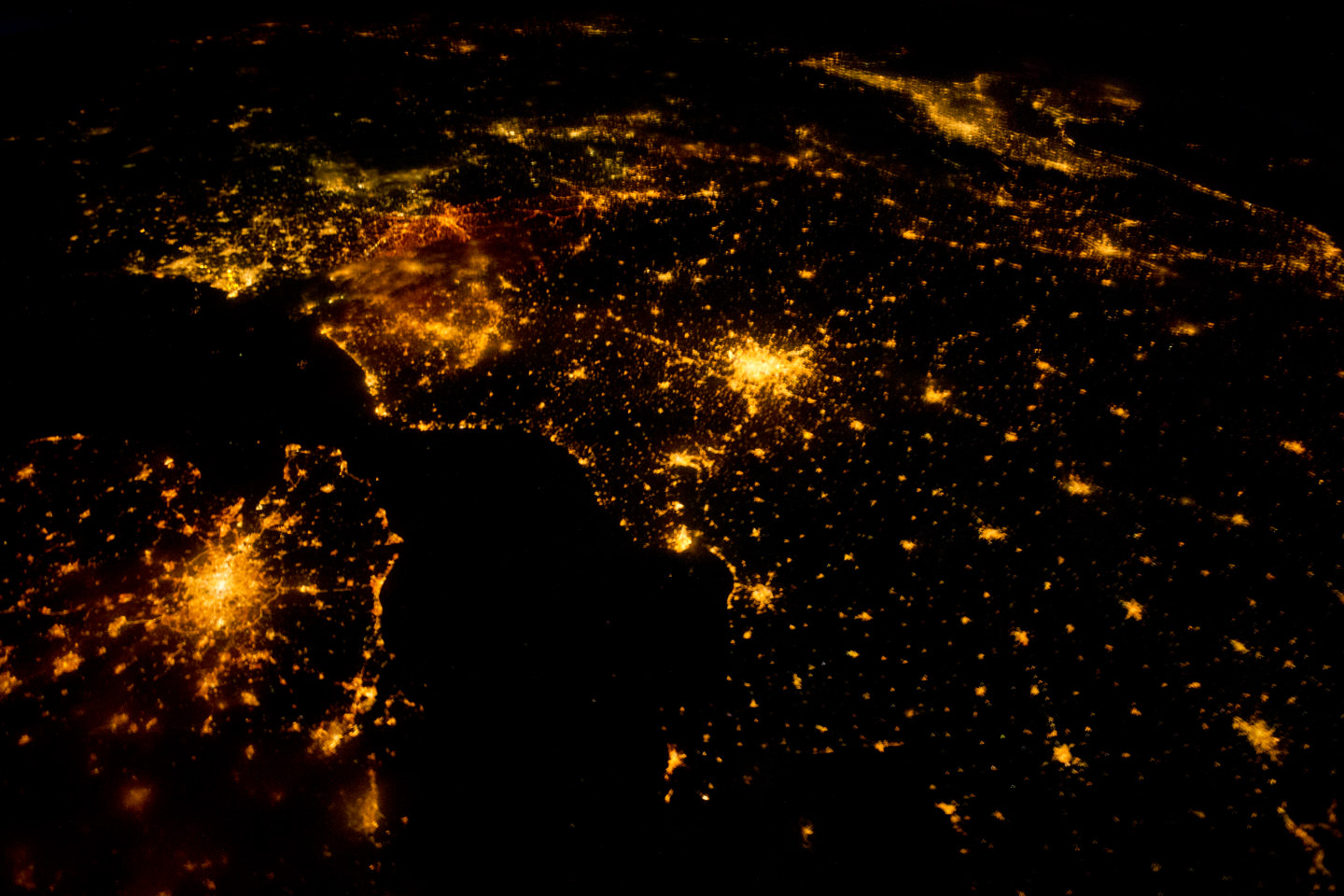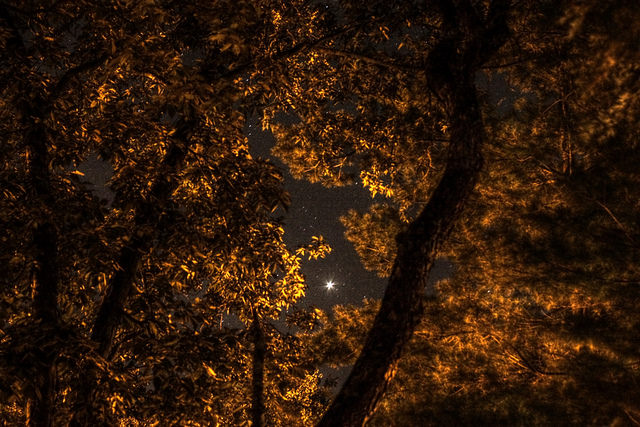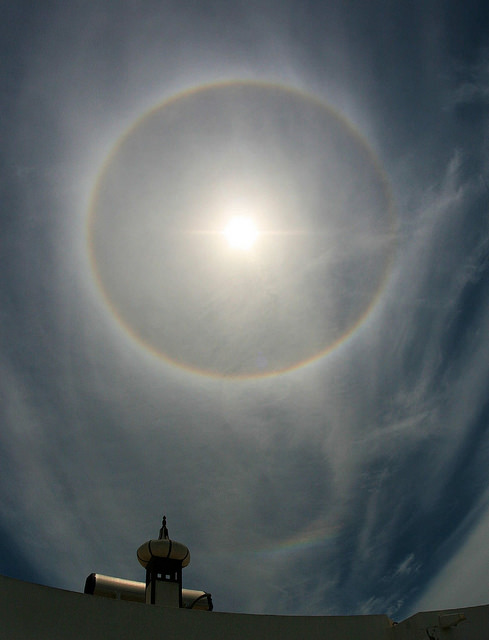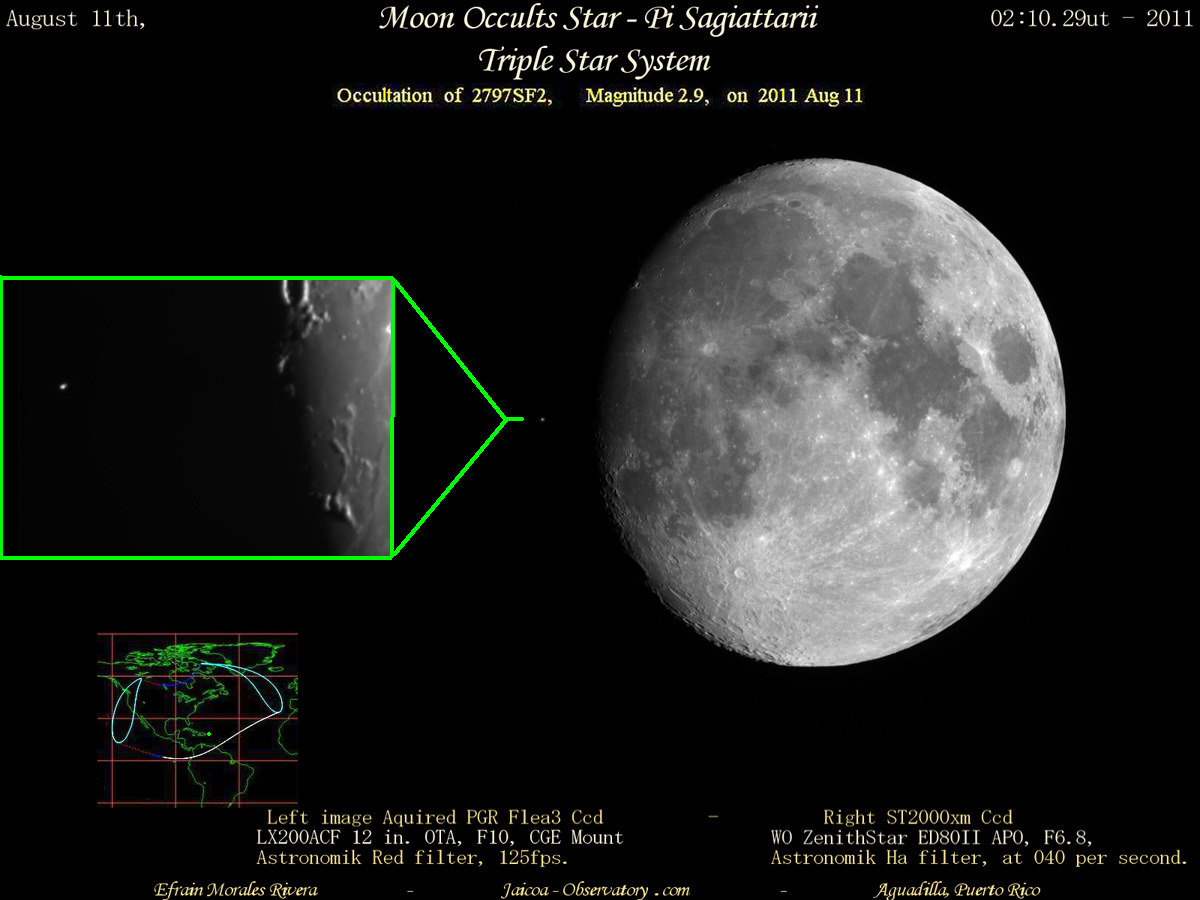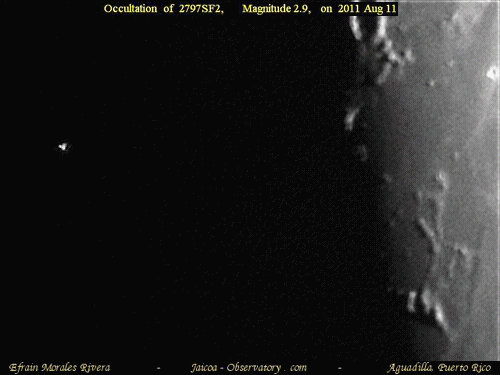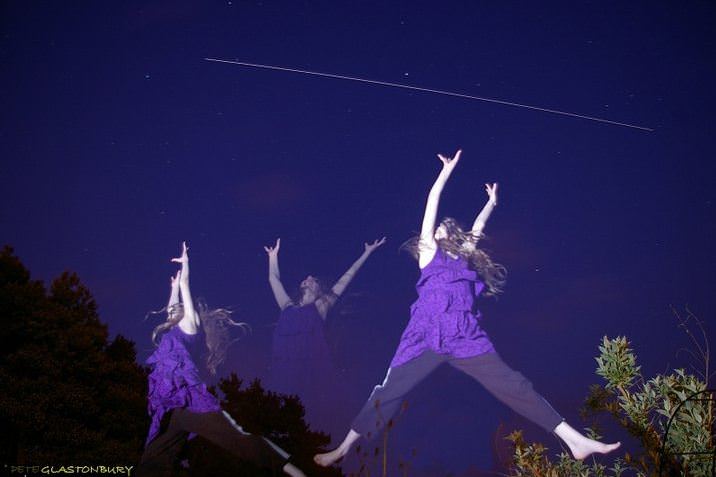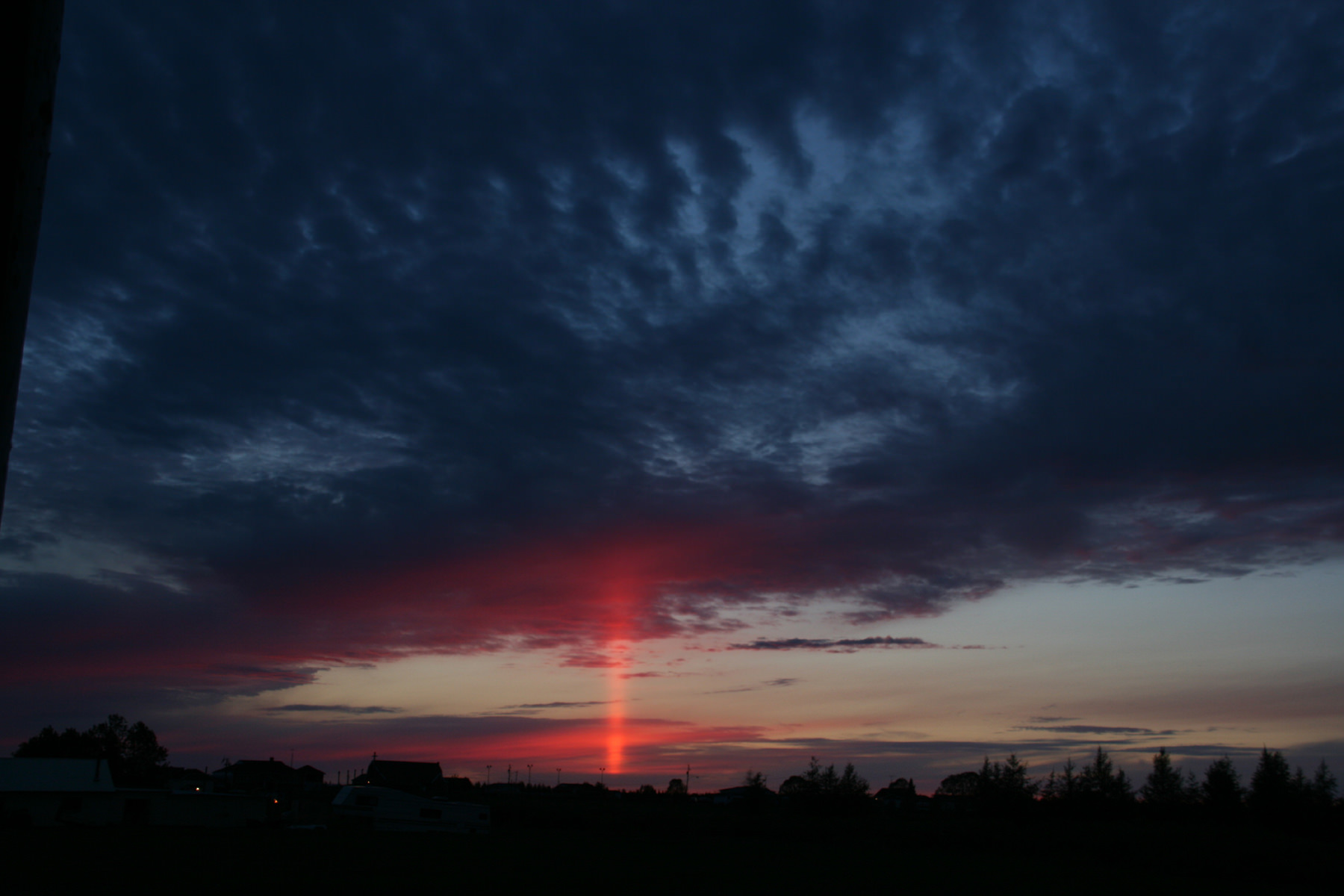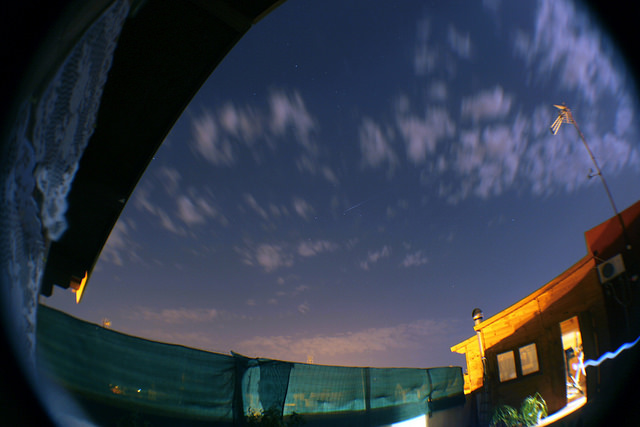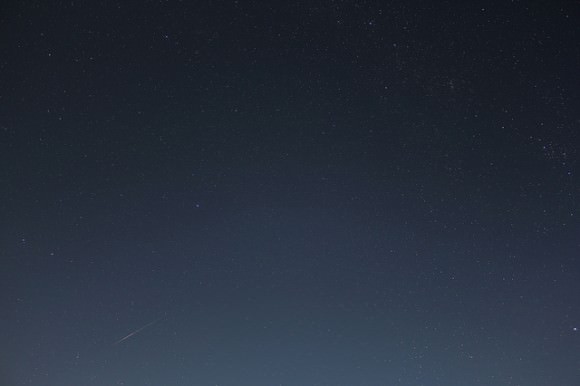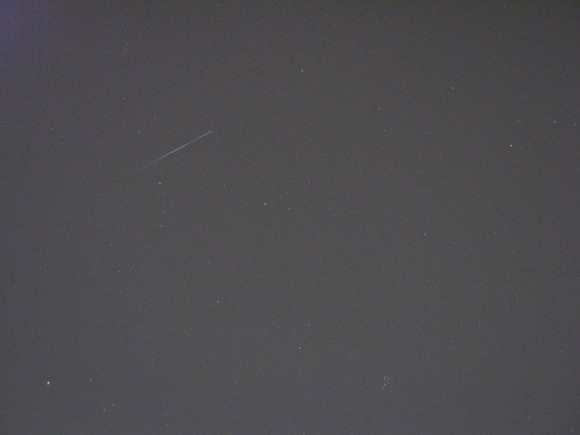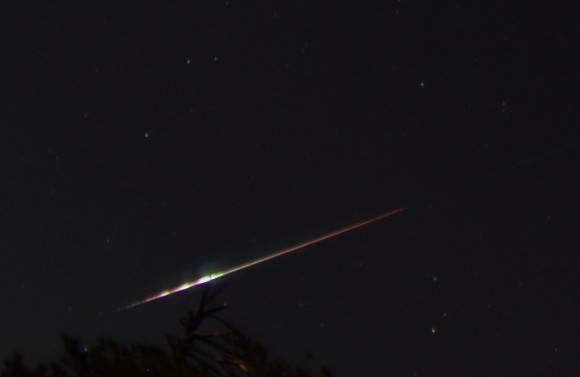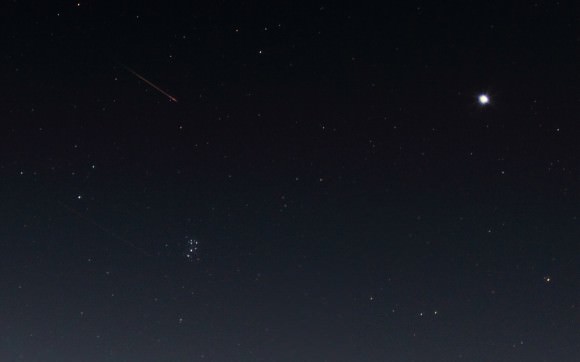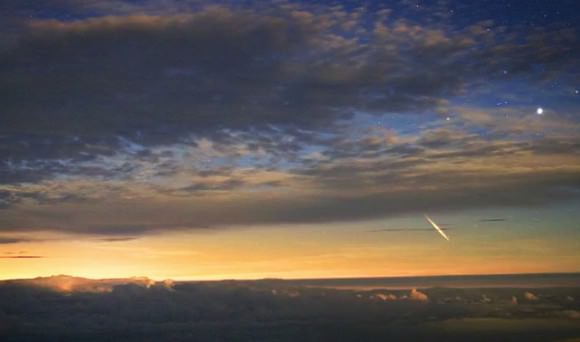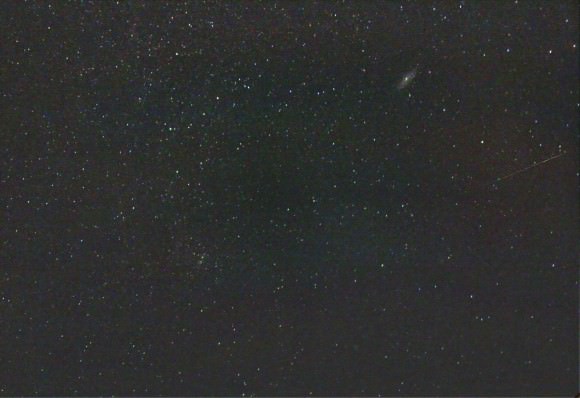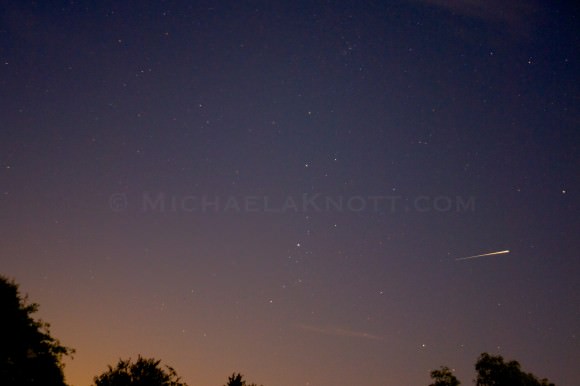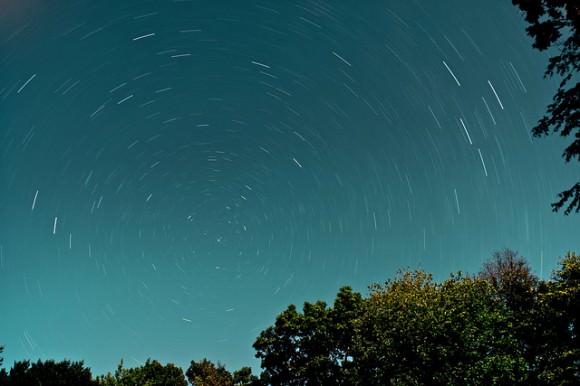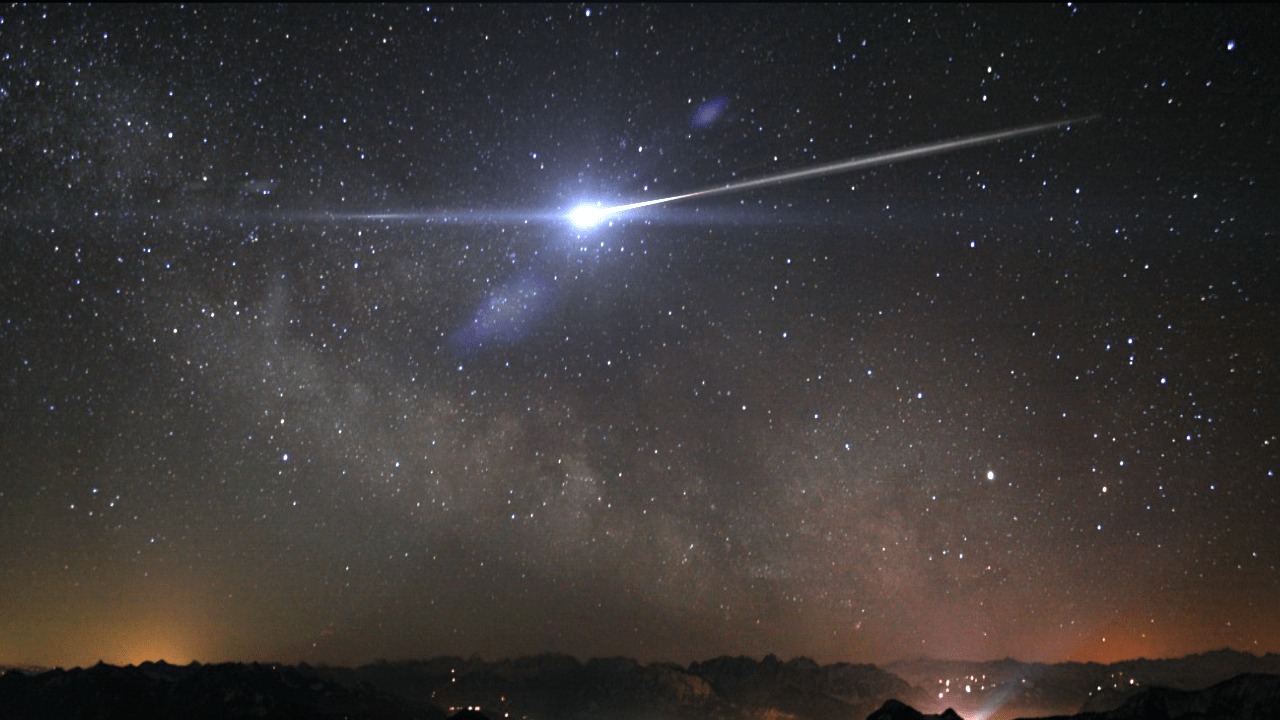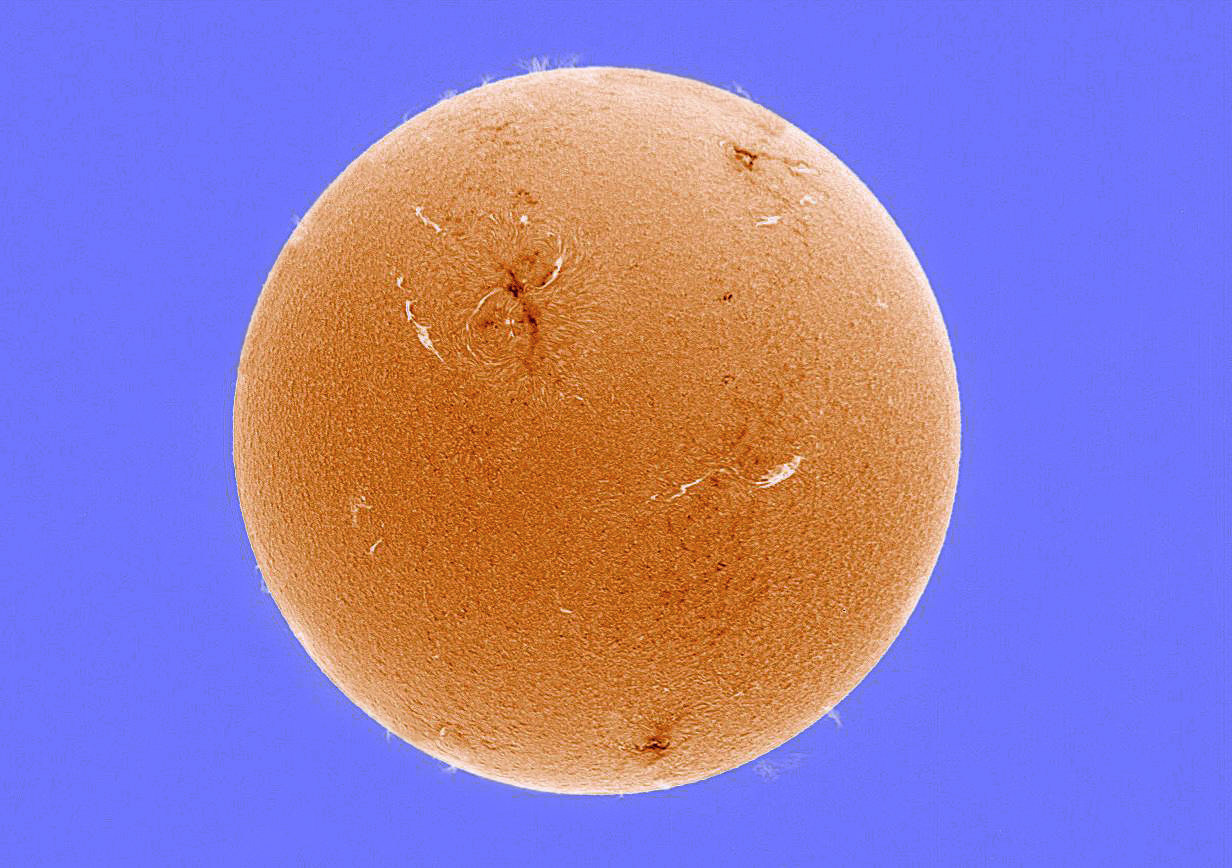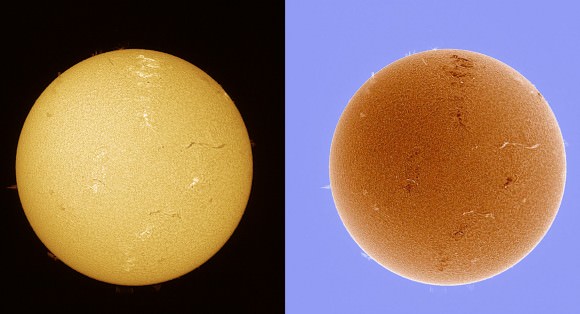[/caption]
We asked for ’em and you sent ’em in. Here are your photos of Comet Garradd, the best-looking comet in the sky right now, as it is brightening and moving faster as it gets closer to us and the Sun. This comet will reach perihelion on December 23, 2011. We start with Brian McGaffney who captured this photo of the Comet C/2009 P1 Garradd when it crossed star cluster M71. The image was taken from the Nutwood Observatory in Bancroft, Ontario on August 26th, 2011 at 11PM. Brian took the photo using an Apoggee U16M and a 14 inch astrograph and an ME mount.
But wait — there’s more!
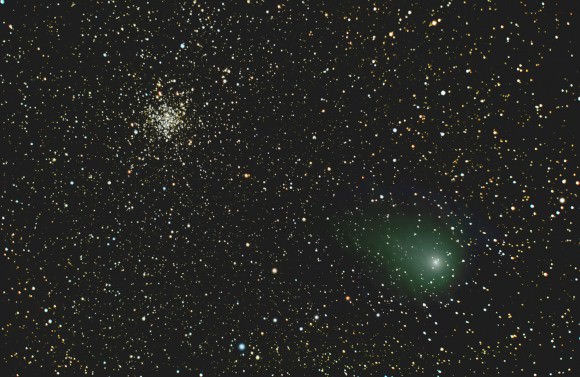
Richard Richins sends us this image from his location in Las Cruces, New Mexico. Check out his website, Enchanted Skies.
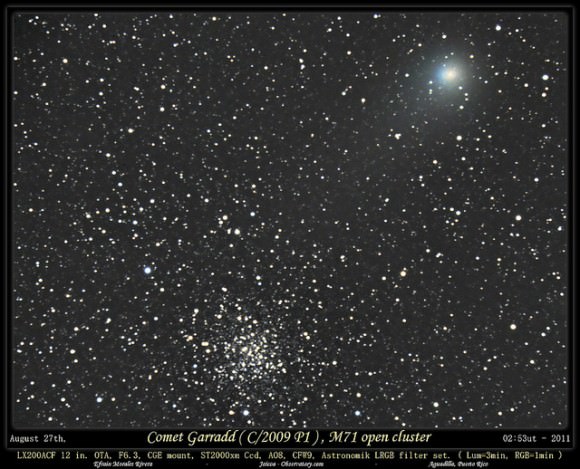
This image was taken on August 27, 2011 in Victoria, Aguadilla, Puerto Rico by Efrain Morales Rivera from the Jaicoa Observatory. “Comet Garradd’s tail is brushing along the core of cluster M71,” Effrain noted, adding the equipment he used was LX200ACF 12 inch. OTA, F6.3, CGE mount, ST2000xm Ccd, AO8, CFW9, Astronomik LRGB filterset.
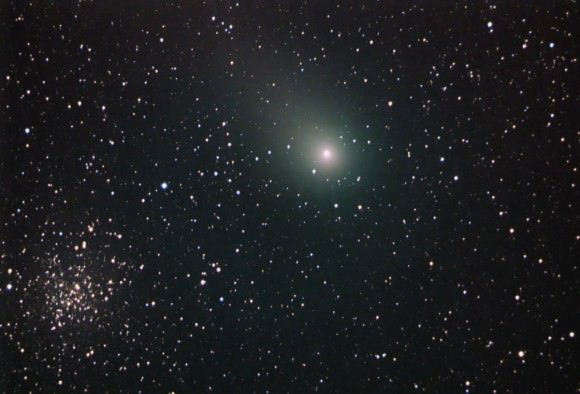
Leonard Ellul Mercer sent in this nice view from Malta in the Mediterranean Sea.
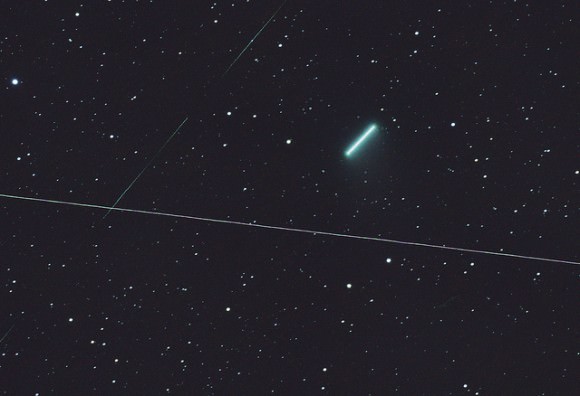
Suraky on Flickr from British Columbia, Canada shares his first astrophotos shot from his new and improved darker backyard. This is a set of 78 – 30 second exposures taken between 1:16am and 2:40am GMT-7 on August 4, showing the motion of the comet across the sky during that time. Comet is magnitude 8.7, and 1.5AU from Earth. Two satellite traces also shown. Suraky used DeepSky Stacker, set to Maximum, “so it’s very noisy but it shows more of the comet tail.” There is also an inverted view available on Flickr. Equipment: Newtonian 190mm F5.3. LXD75 Mount. Canon T1i DSLR, ISO800
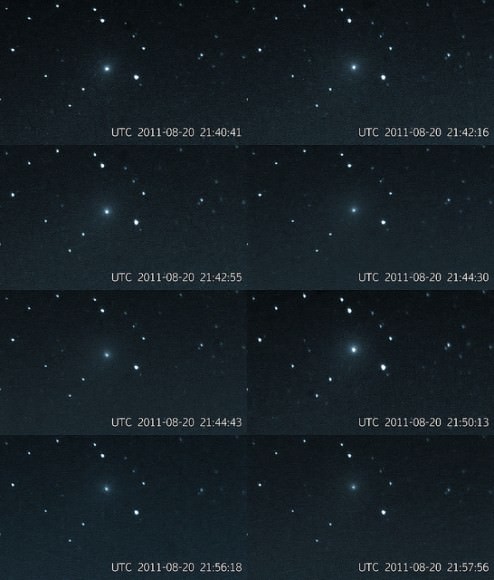
Flickr user 37Hz put together this collection of images from Saturday, August 20, 2011, taken from “Light polluted Zeist,” the Netherlands. 37Hz said, “Wouldn’t have found this comet without the “precise GOTO” function of my NexStar and the exact coordinates of the comet according to Carinasoft Voyager software.” Equipment: Celestron NexStar 5SE. Meade DSI II pro ccd camera, with about 10 seconds for each frame.
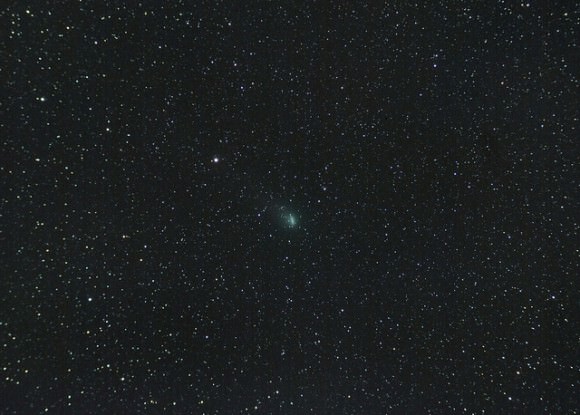
jamieball833 submitted this image to Universe Today’s Flickr Group, saying “Now that the comet is at a distance of 1.394 AU from Earth and at magnitude 8.3 it is starting to get a little brighter!
Info:44 x 45 seconds, iso 1600 f/6.25
Right Ascension : 20h 25.8m
Declination : +17′ 34′
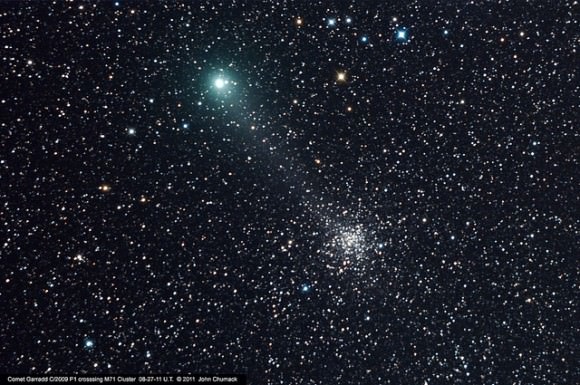
Never failing to disappoint, John Chumack of Galactic Images got this great shot of Garradd, and also created a video, which we featured earlier this week.
Want to get your astrophoto featured on Universe Today? Join our Flickr group, post in our Forum or send us your images by email (this means you’re giving us permission to post them). Please explain what’s in the picture, when you took it, the equipment you used, etc.

